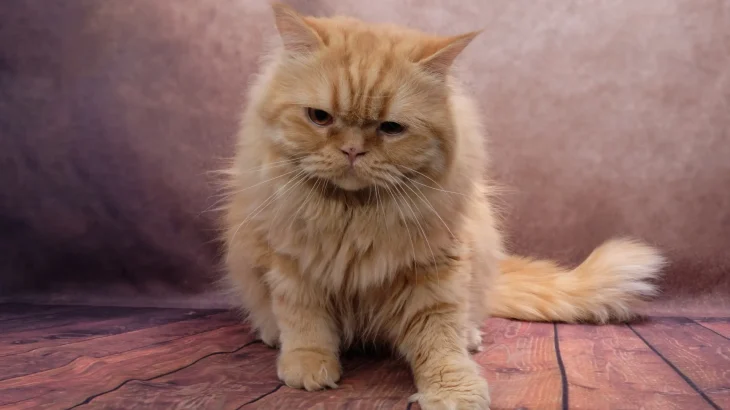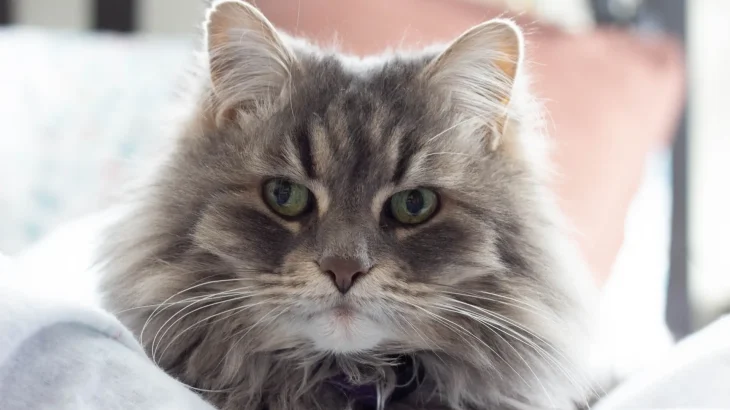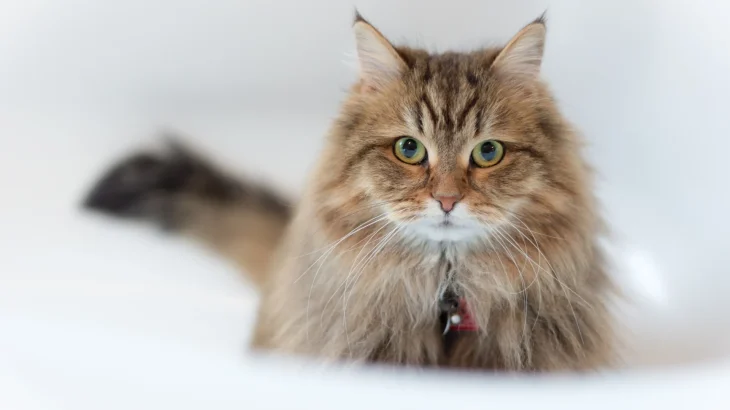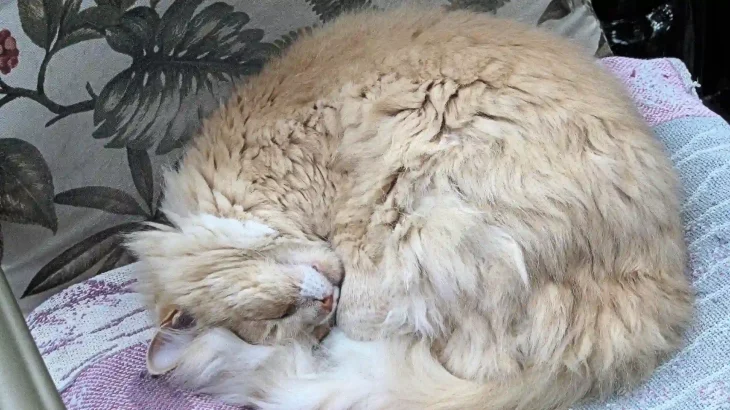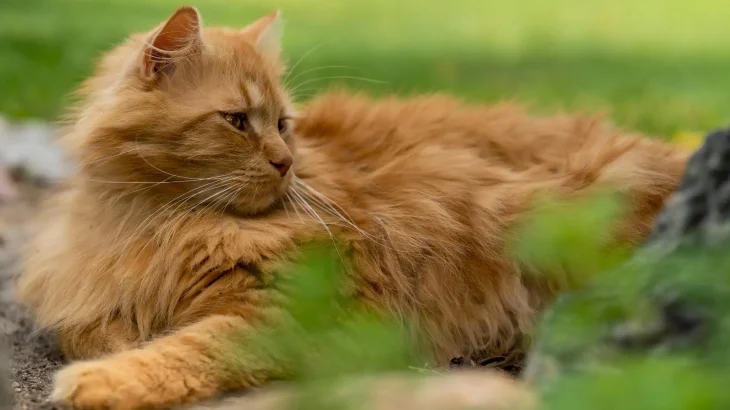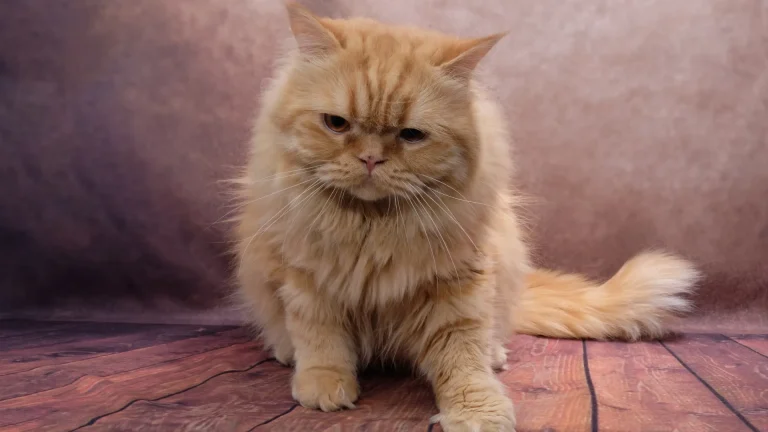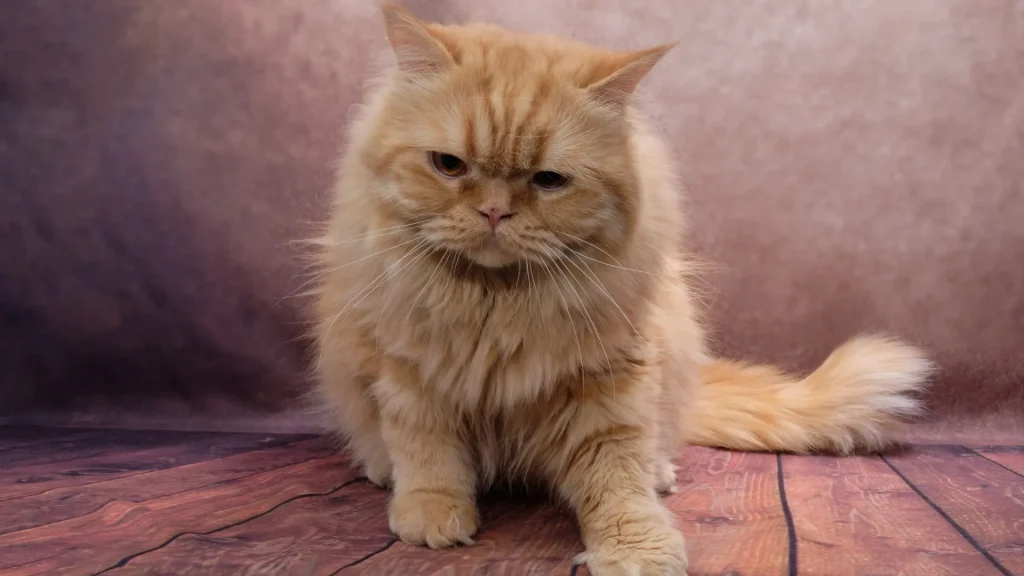When deciding to bring home a Domestic Longhair kitten, you can either adopt or purchase one. Each route offers unique benefits, whether it's getting a cat with a known background from a breeder or giving a loving home to a cat in need through adoption.
Adoption vs. Breeder: Pros & Cons
| Criteria | Buying from Breeder | Adopting from Shelter/Rescue |
|---|---|---|
| Cost | Usually more expensive, reflecting lineage and breeding costs. | Generally lower fees that often cover vaccinations and spaying/neutering. |
| Health History | Breeders provide detailed health history including genetic screenings. | Health info may be limited but basic checks are typically done. |
| Age Availability | Generally kittens, allowing early bonding and training. | Wide age range available, including kittens and adult cats. |
| Temperament Insight | Breeder insights into lineage and potential personality traits. | Shelter staff share observed temperament but full history may be unknown. |
| Supporting Practices | Supports ethical breeding programs if sourced responsibly. | Supports animal rescue and welfare efforts by giving homes to cats in need. |
| Ethical Considerations | Risk of unethical breeding if not vetted properly. | Promotes reducing shelter populations and saving lives. |

